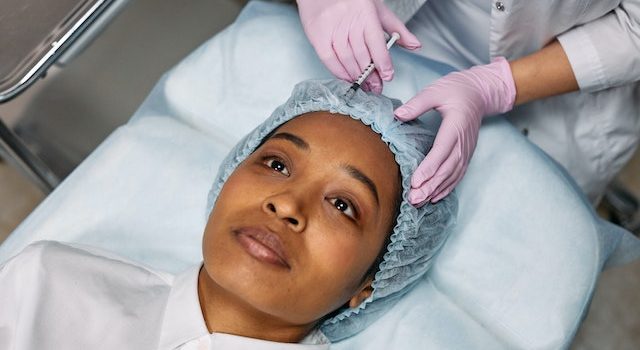
Introduction:
Buccal fat removal, also known as cheek reduction surgery, has gained popularity as a cosmetic procedure aimed at achieving a slimmer and more sculpted facial appearance. This comprehensive guide aims to provide you with a detailed understanding of buccal fat removal, including its purpose, procedure, recovery process, potential risks, and expected outcomes. Whether you are considering this procedure or simply seeking information, this guide will help you make an informed decision about buccal fat removal.
1. Understanding Buccal Fat:
To grasp the concept of buccal fat removal, it is important to first understand the role of buccal fat pads in facial aesthetics. These fat pads are located in the lower cheeks, contributing to the rounded appearance of the face. For individuals with excessive buccal fat, the face may appear overly full or chubby, which can impact their desired facial contour.
2. The Purpose of Buccal Fat Removal:
Buccal fat removal aims to create a more contoured and defined facial appearance by reducing the volume of buccal fat pads. This procedure is suitable for individuals who desire a slimmer and more sculpted facial contour, often resulting in a more angular and defined jawline.
3. The Procedure:
The buccal fat removal procedure involves making small incisions inside the mouth, through which the buccal fat pads are accessed and selectively removed. The surgery is typically performed under local anesthesia on an outpatient basis, making it a relatively quick and convenient procedure.
4. Recovery and Aftercare:
Following buccal fat removal, a proper recovery period is essential to allow for healing and minimize potential complications. It is crucial to follow post-operative instructions provided by your surgeon, which may include dietary restrictions, oral hygiene recommendations, and the use of prescribed medications. Swelling and bruising are common after the procedure but typically subside within a few weeks.
5. Potential Risks and Considerations:
Like any surgical procedure, buccal fat removal carries potential risks and considerations. These may include infection, bleeding, asymmetry, facial nerve injury, and dissatisfaction with the aesthetic outcome. It is crucial to consult with a qualified and experienced plastic surgeon who can assess your individual needs and discuss potential risks and benefits.
6. Expected Outcomes:
While individual results may vary, buccal fat removal can provide long-lasting facial contouring effects. The reduction in buccal fat pads can enhance the definition of the cheekbones and jawline, creating a more balanced and proportionate facial appearance.
7. Candidacy and Consultation:
Determining candidacy for buccal fat removal involves a thorough evaluation by a qualified plastic surgeon. During a consultation, your surgeon will assess your facial structure, discuss your goals and expectations, and consider your overall health and medical history to determine if you are a suitable candidate for the procedure.
Conclusion:
Buccal fat removal offers a solution for individuals seeking a more contoured and sculpted facial appearance. By understanding the purpose, procedure, recovery process, potential risks, and expected outcomes of buccal fat removal, you can make an informed decision about whether this procedure aligns with your aesthetic goals. Consulting with a qualified plastic surgeon is crucial to ensure personalized guidance and achieve the desired results.










